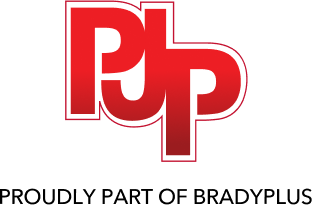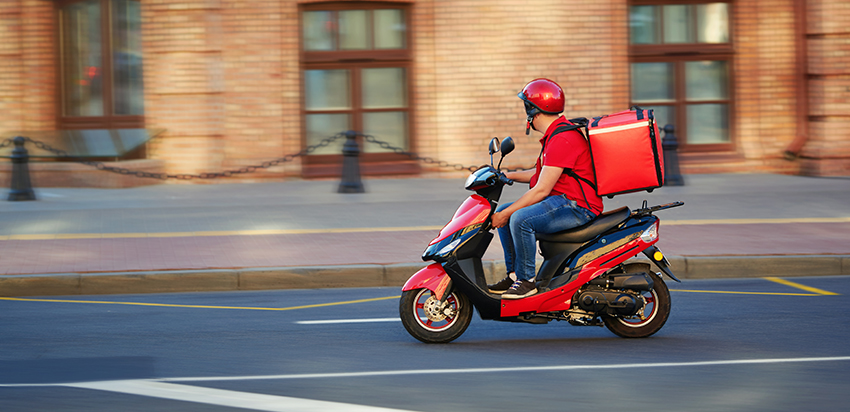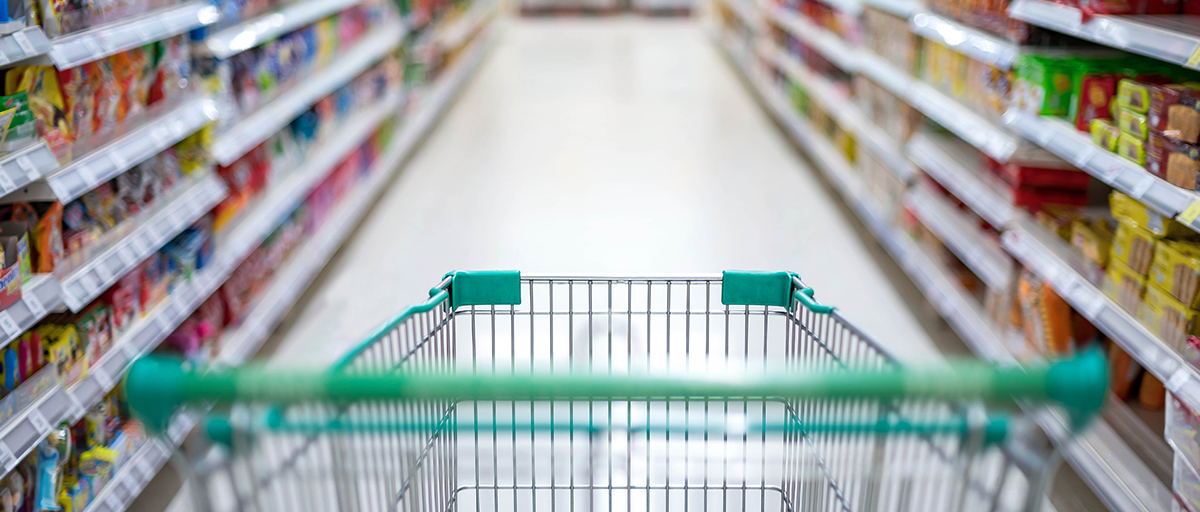
Top 4 Safety Tips for Custodians & Housekeeping Staff
The cleaning industry is generally a safe working environment. It’s important that custodians and housekeeping staff must be vigilant. The employer should develop standards and provide training for all staff regarding potential hazards specific to their job. Periodic training will help keep safety a top priority.
Below are four safety tips janitors and housekeepers need to remember:
Use Personal Protective Equipment

Personal Protective Equipment (PPE) is a custodian’s first line of defense. This includes gloves, eye protection, face masks, hard hats, respirators, and more. Knowing which PPE to use, you must first identify potential hazards. For cleaning chemicals, check material safety datasheets for manufacturer-recommend PPE.
In healthcare facilities, there are more potential dangers than cleaning chemicals. Housekeeping staff may encounter blood-borne pathogens and infectious diseases. To don the appropriate PPE, staff must know what potential bio-hazards are in each room. One communication method is to develop a color-coding system for contact, droplet, and airborne hazards. Place color-coded signs on the door with the written warning level and illustrations to indicate what PPE is required. For example, rooms with airborne hazards need gowns, gloves, and masks.
Communicate Hazards

Be vigilant about communication risks to everyone in the vicinity. Ensure that all cleaning chemicals are easily identifiable in clearly labeled containers. Hazards can result from cleaning methods themselves. Inform building occupants when using strong cleaning chemicals that may produce toxic vapors, especially in poorly ventilated areas. Non-essential persons should vacate the room, and those remaining should wear filter masks.
A typical example of hazard communication is a “wet floor” sign. After mopping, custodians should put up signs in a conspicuous place, so they are visible before a person reaches the recently cleaned area. It may be necessary to use two signs in hallways or rooms with multiple entrances. Wet floor signs are handy for warning about accidental spills. Where there’s a spill, place a sign first and then get supplies to clean it up.
Handle Chemicals Safely

Purchasing concentrated cleaning chemicals and diluting with water can be cost-effective and sustainable. However, mixing needs to be precise. Improper dilution rates can be dangerous. A too-high chemical to water ratio can create fumes and unhealthy levels of volatile compounds. On the other hand, too much water and not enough chemical is ineffective. The area may not be adequately sanitized, this allows germs to linger on surfaces. This is especially a problem in healthcare and restaurant settings.
Accurately catalog and store all commercial cleaning chemicals. Make a master list of all cleaning products used in the facility. Document where each compound is stored, identify any potential hazards, and maintain safety datasheets. Store all products in their original containers. Never mix chemicals from different bottles, even if they are of the same type. Cleaning products should be kept in well-ventilated areas away from HVAC intake vents to prevent the spread of fumes.
Janitors need to dispose of old chemicals safely. While many green and non-toxic cleaners can go down the drain or in the trash, some commercial cleaning products require particular disposal. Remember to wear PPE when disposing of cleaning products. Refer to labels and safety data sheets for the information. Manufacturers should provide disposal methods for potentially toxic substance.
Go Green

Lastly, you can avoid many health and environmental hazards by choosing eco-friendly solutions. There are many non-toxic alternatives on the market. Going green keeps housekeeping staff and building occupants safer plus it’s better for the environment.






Write a Comment